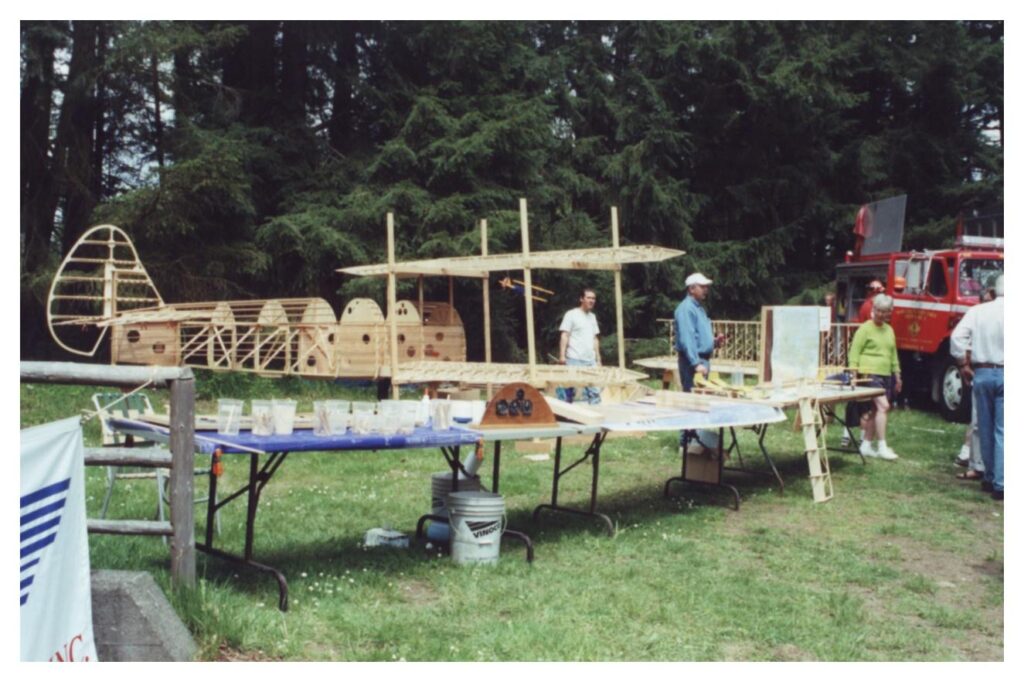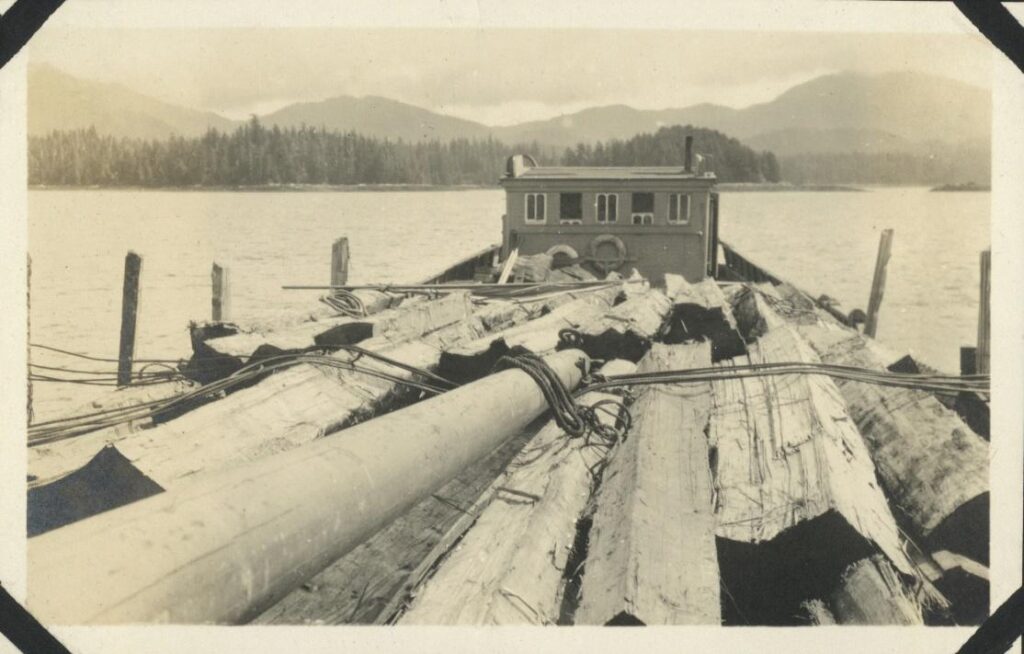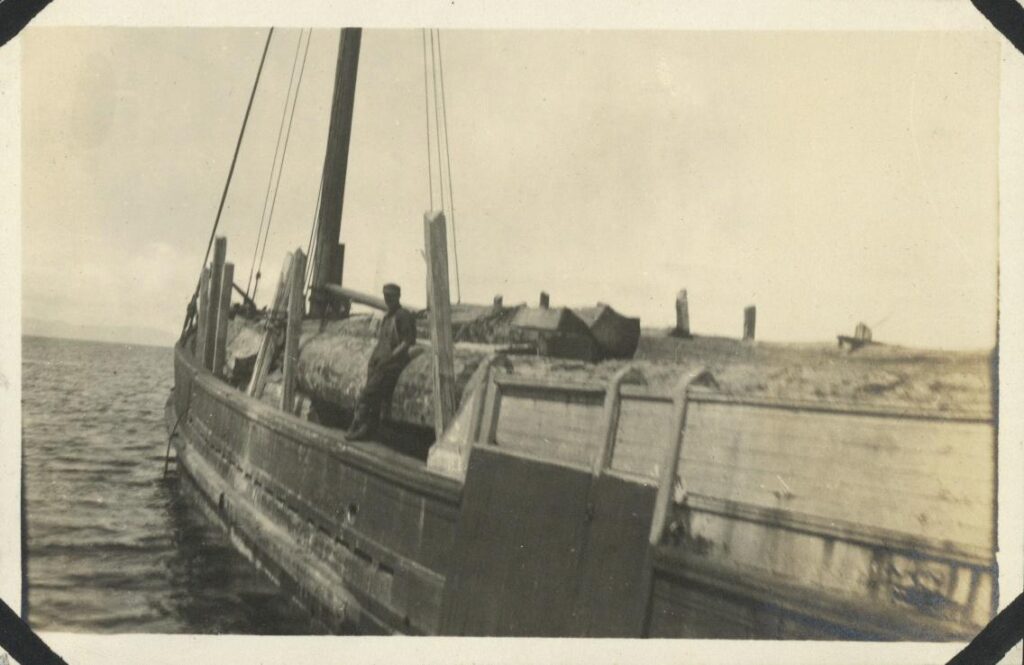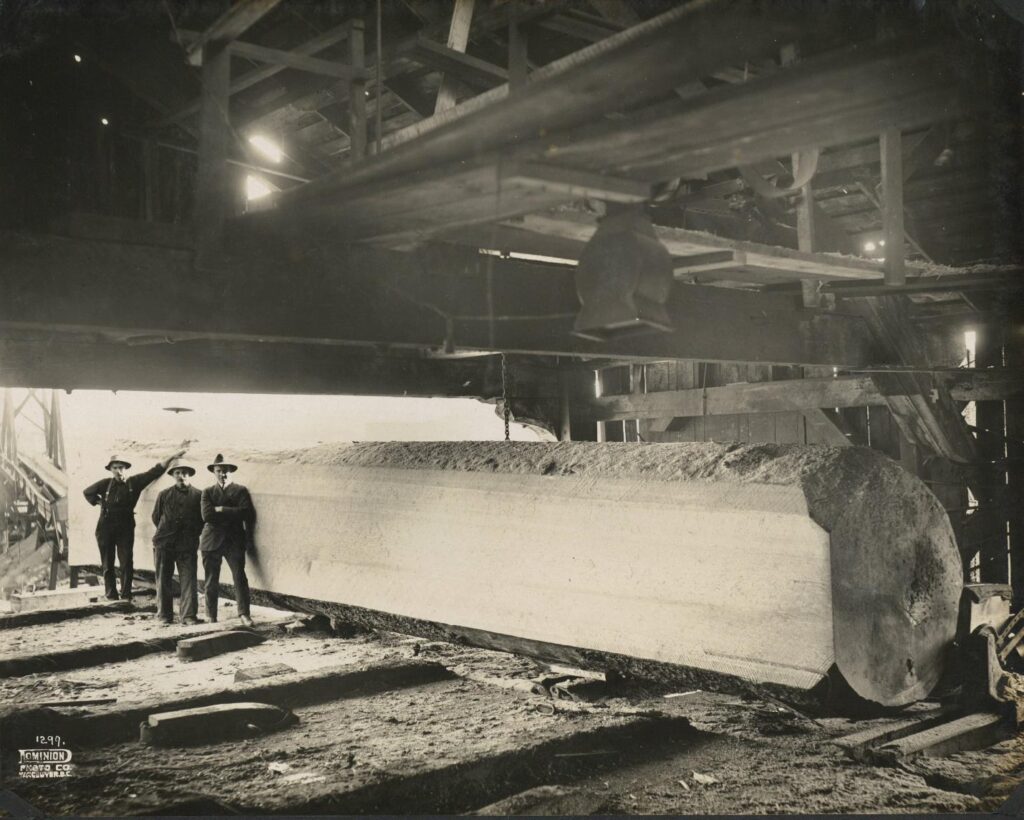


The key to any war effort is ensuring you have a steady supply of critical resources. One of the resources that proved crucial to the nascent aviation industry was the Sitka Spruce. Right from the beginning of modern aviation, spruce has been identified as ideal for the needs of airplane construction. It was found that spruce provided the perfect balance of strength and weight, the happy medium between hardwoods that were strong but too heavy, and softwoods that while lighter, lacked the necessary durability. Therefore, the wood would serve as the literal backbone for the very first aircraft ever built, the Wright Flyer. This craft utilized spruce for all the straight elements such as the spars, and ash for the ribs. By the outbreak of the First World War, the complexity of aircraft designs had advanced significantly, but spruce remained the ideal choice for airplane construction. Despite the limited range, mobility, and armament of these early airplanes it quickly became apparent that neither side wanted to fall behind in the race for air superiority. To address this, the Imperial Munitions Board was established to ensure secure lines of supply for these resources to support Entente efforts in Europe. The IMB controlled 67 logging camps at its peak and oversaw the export of over 53 million board feet of lumber throughout the duration of the war. As part of its effort to create a record of all spruce yet to be harvested, the IMB commissioned Oswald Norman Scott to visit Haida Gwaii in 1918 to document the logging camps and operations there. We received his collection of photos last year and have now uploaded all of them to our web photo archive. Attached to this post are some selected photos from that set and a photo of a wooden biplane being built on the museum site in 2001 as part of a Canada Day celebration.
If you are interested in more photos like these, be sure to check out our website.



